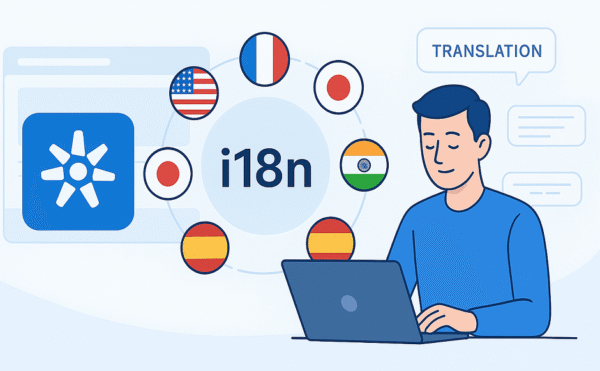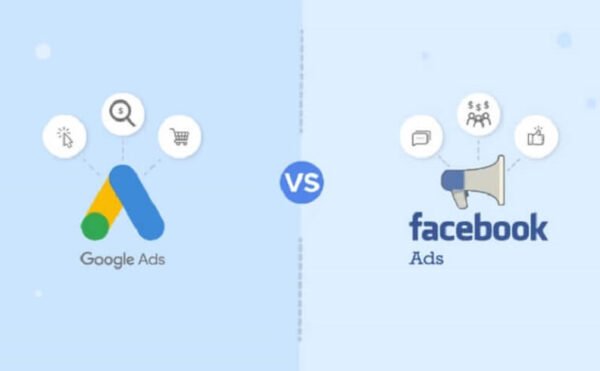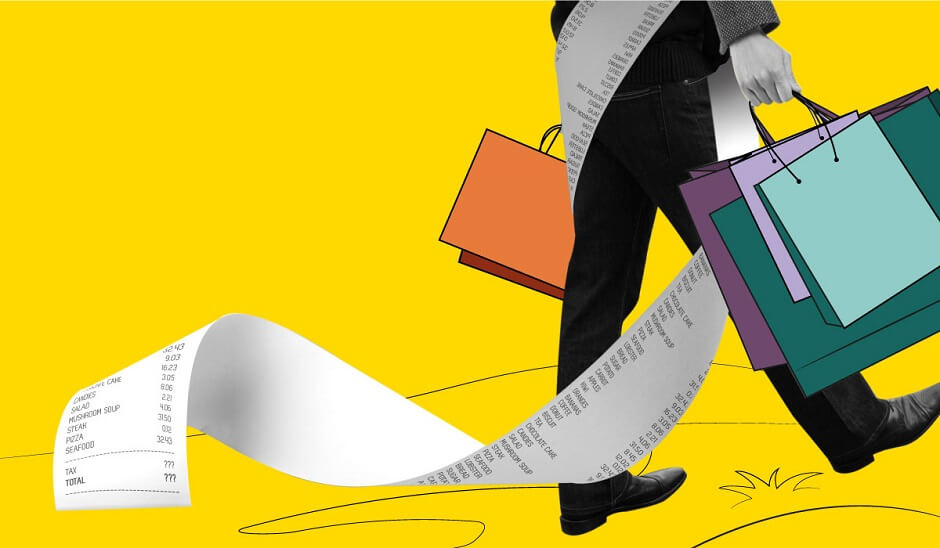
Raising Average Order Value: Bundles, Targeted Upsells and the Post-Purchase Flow
1) AOV isn’t the goal — it’s a by-product
Average order value is tempting, but it’s only a shadow of what matters: gross profit per session. Any tactic that lifts AOV while hurting conversion, returns or margin can backfire. Healthy AOV strategy lives where conversion, margin, returns, delivery SLAs and LTV intersect. With that lens, four levers matter most: free-shipping threshold, dynamic bundles, targeted upsells, and the post-purchase flow.
2) Free-shipping threshold: the underrated workhorse
A free-shipping threshold (FST) can raise AOV and discipline basket structure — if it’s computed, not guessed.
Toy model (example):
- Current AOV = €48;
- basket gross margin = 38% (ex-logistics);
- average logistics cost (pick/pack/ship) = €6.2;
- targeted AOV uplift = +15–25%
Pragmatic starting rule: set the threshold ~15–30% above the median (not the mean) basket. If median = €45, initial threshold = €55–60.
Iterate:
- A/B/C with distinct thresholds.
- Measure gross profit per session/order, not just AOV.
- Watch for “clumping” at the threshold → risky add-to-reach behaviour and returns.
- Segment by size/margin: one threshold for “heavy” and “light” items rarely fits.
Don’ts: abrupt hikes without tests, hiding fees, pushing low-margin fillers just to “hit the bar.” Do: “€7 to free shipping” nudges + curated add-ons with decent margin and low return risk.
3) Dynamic bundles: a “solution kit” beats a lonely discount
A good bundle solves the job-to-be-done end-to-end and saves cognitive load.
Three archetypes:
- Solution kit: core item + everything needed to start.
- Starter kit: optimal 30–60 day volume with logistics savings.
- Smart add-on: a complement that fixes a known weak spot in the base setup.
The engine is compatibility and margin. Data-wise: a co-purchase / co-click graph weighted by margin and size. Pricing heuristic:
Perceived bundle value = (Σ individual prices) − (logistics/packaging savings) − (convenience premium)
People will accept a slight uplift when decision friction is removed. Anchor with “sum of parts,” then show the bundle (with savings or free shipping) for an honest comparison.
Anti-patterns: forced triplets, cheap components in premium kits, fake discounts (bundle > historical sum of parts).
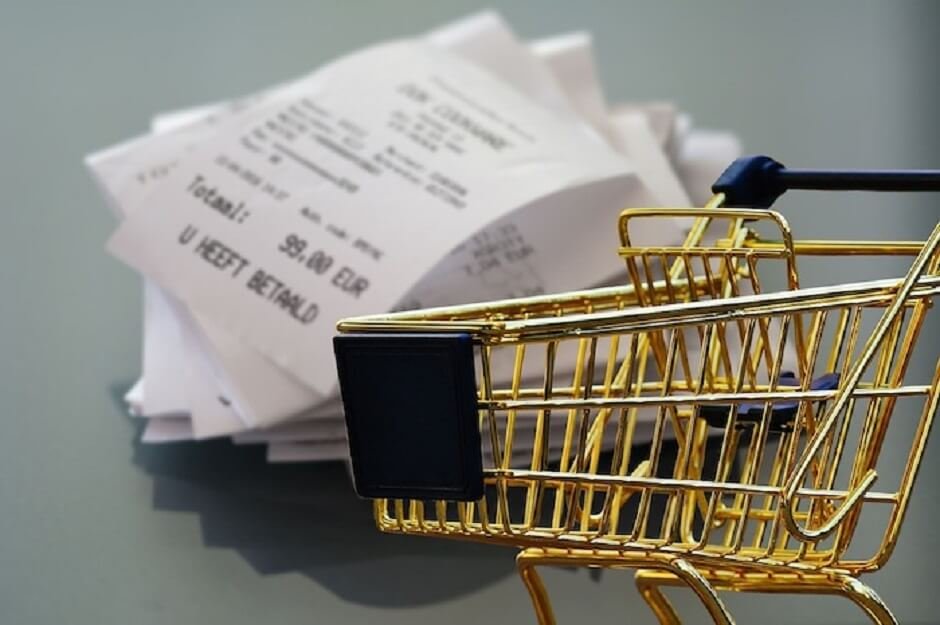
4) Targeted upsells: precision without pestering
Targeted upsell = ranking offers “here and now” by expected gain — not spraying everyone.
Simple score:
Score(offer | basket, user) =
E[ΔGrossProfit] – Penalties(cannibalization, return risk, ship-date slippage)
Useful signals: basket composition (complements), funnel stage (PDP/cart/checkout), price sensitivity (promo usage), logistics context (will it ship together on time?), RFM value.
Placements:
- PDP → step-up model or configuration;
- Cart → complements and multi-packs;
- Final step → low-risk adds that won’t delay shipping;
- Confirmation page → one-click add (order edit window).
Anti-patterns: pop-up barrages, upsells that delay the whole order, cheaper alternatives at the last click.
5) Post-purchase flow: the “honeymoon window”
In the first 0–24 hours, commitment is high and attention remains. Wins here:
- Order edit for 15–60 minutes: painless add-ons without re-entering payment.
- Post-factum upgrades: extended warranty, consumables, personalization.
- Fast triggers (5–15 min): “Add X without delaying delivery.”
- Quiet upsells in account: subscribe to consumables, accessories for shipment #2.
Key: one click, clear “ships together,” easy cancel before the freeze.
6) Subscriptions and add-ons: it’s not all-or-nothing
Between “forever” and “never,” use overlays:
- top-ups between cycles;
- accelerated shipping as a membership perk;
- seasonal add-ons to create event-like moments.
Guard against returns and the “boxes piling up” syndrome: modular add-ons beat bloated base volumes.
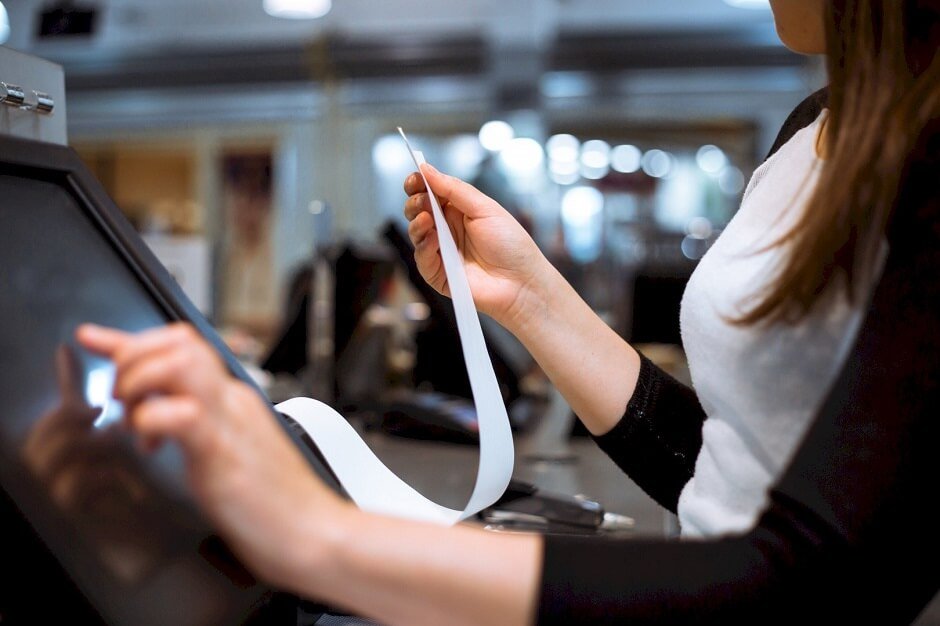
7) Data architecture: make the “intelligence” explainable
Bare minimum:
- events: offer impressions, clicks, accepts/declines, effect on basket, returns, delays;
- features: basket (SKUs, size), user (RFM, promo sensitivity), shipping context;
- offline models: accept probability and expected Δ margin;
- online logic: rerank under constraints (deadlines, frequency, diversity, anti-spam);
- stitched outcomes: accepted/declined offers tied to LTV and returns.
Be able to explain: “compatibility + on-time shipping + sufficient margin.”
8) Experiments: tests that don’t fool you
Don’t worship AOV alone.
Measure: gross profit per session/order, AOV, conversion, returns, ship times, attach-rate, LTV contribution.
Run: ≥2 weeks (capture delayed returns), pre-set MDE, CUPED/stratification, 10–15% holdouts, one lever per test (price/composition/positioning).
Anti-patterns: “wins” in 3 days, optimizing offer CTR, declaring a single “global winner” across heterogeneous segments.
9) Choice psychology: gentle, not gimmicky
Honest anchors (sum of parts → bundle), a measured decoy, 1–2 relevant options (not 6), “useful urgency” tied to logistics windows — not ornamental timers. Trust compounds; tricks don’t.
10) Risk check-list before launch
Ship dates, size tiers (carrier bracket jumps), return risk, support scripts, working capital impact (bundle stock), storefront clarity (parts pricing, promo rules).
Short wrap-up
AOV rises when the orchestra plays in time: the free-shipping bar sets tempo, bundles give purchases meaning, targeted upsells add precision, and post-purchase flows gently use the honeymoon window. It all works as long as the compass is margin and experience — not a pretty average in isolation.
Want to do something great? Let us help you.
Related Articles
In recent years, web development has undergone rapid changes. To stay ahead of the competition and effectively grow an online business, it’s essential to pay attention to the latest trends…
The big picture: what “entering Europe and the UK” really means Localization isn’t “translate the site.” It’s aligning four independent systems: language, currency, tax, shipping. Language explains value; currency makes…
We tend to picture an “auction” as a split-second bid shoot-out. In reality it’s a chain of decisions: who’s even allowed in, how the platform spreads your budget over time,…
Fraud prevention in e-commerce isn’t a wall — it’s a thermostat. You constantly trade off two risks: letting a bad transaction through and losing a good one. Any added “hardness”…
SEO is growing up: from keywords and “one page per phrase” to entity graphs, programmatic landing generation, and deliberate internal linking. This practical map shows how to think in clusters,…
Faster pages convert better. Skipping the academic stuff, here’s how speed (LCP, INP, CLS) turns into revenue and what to do now: leave a render margin, extract critical CSS, defer…
Any questions?



